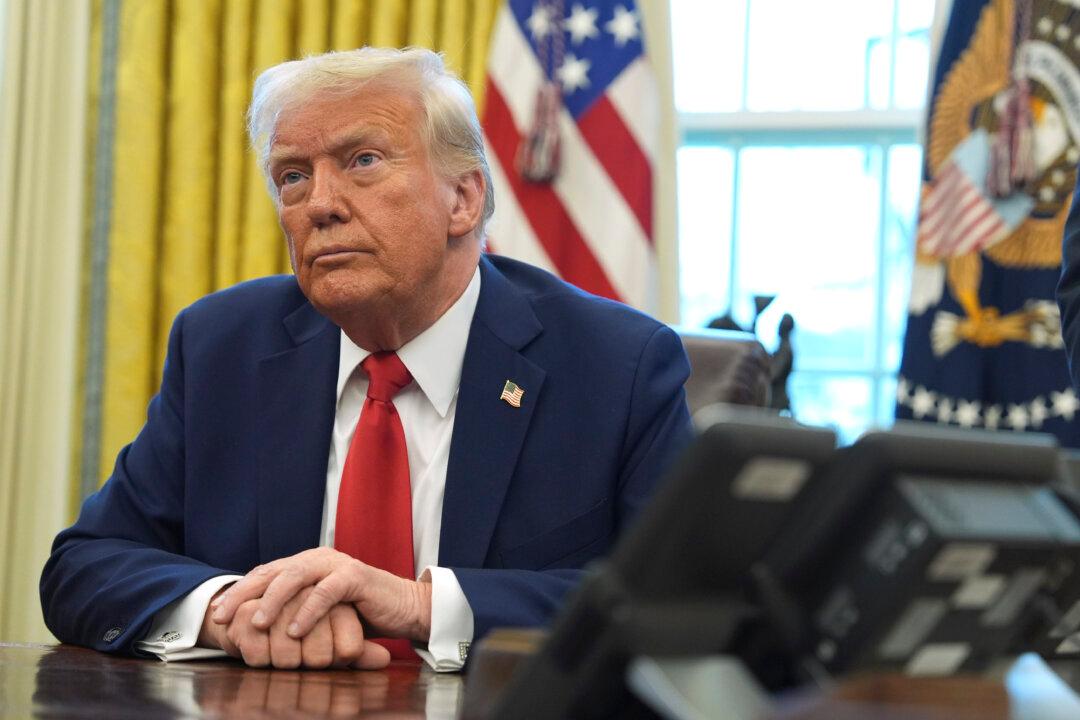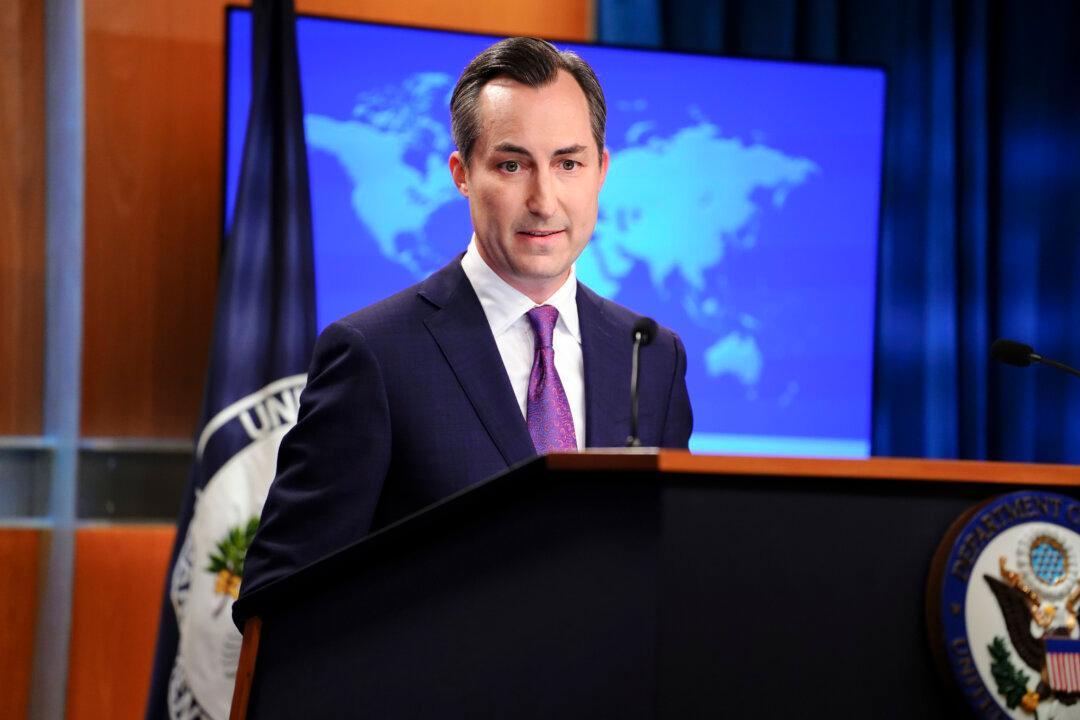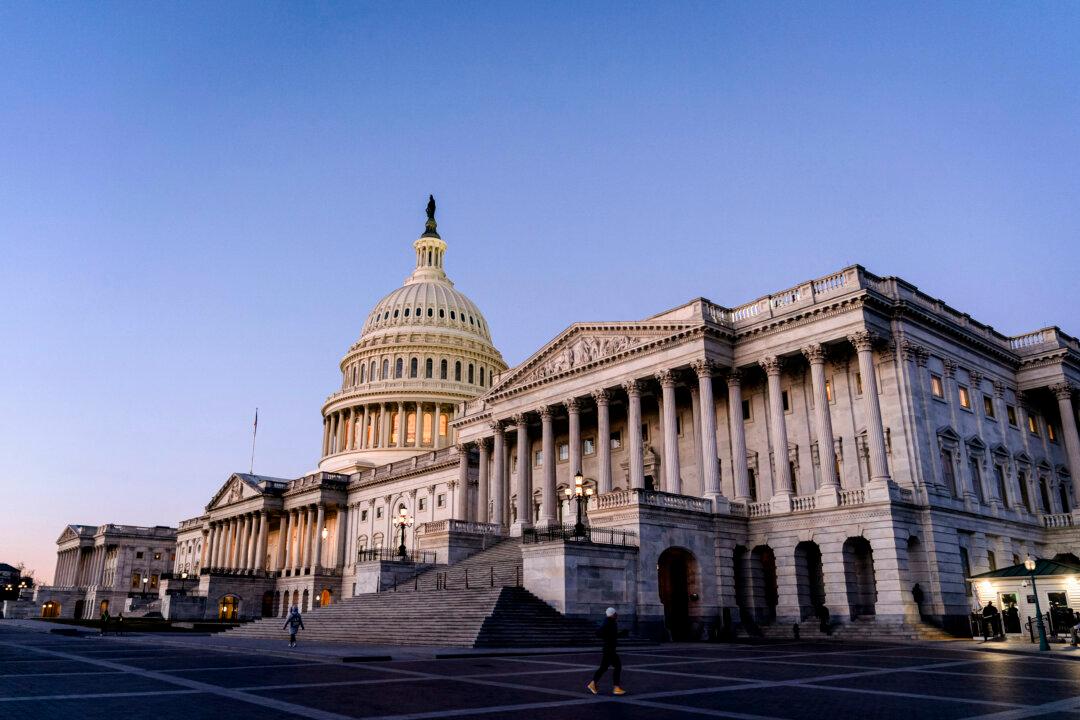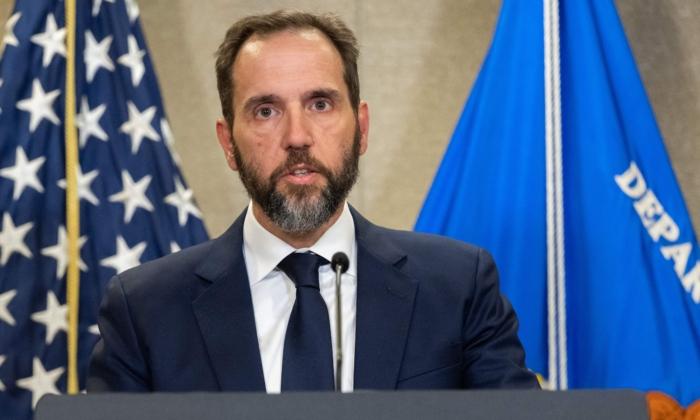President Donald Trump said Sept. 20 that he’s pursuing a complete trade deal with Beijing, adding that he didn’t need to resolve the dispute before the 2020 U.S. election.
“We’re looking for a complete deal, not a partial deal,” Trump said during a joint press conference with Australian Prime Minister Scott Morrison at the White House.
The president added that recent Chinese purchases of agricultural products were not enough to secure a deal.
“China has been starting to buy our agricultural products ... over the last week, and actually some very big purchases,” he added.
“But that’s not what I’m looking for. We’re looking for the big deal.”
Trump said he was in no rush to make a trade deal before the election.
“I could leave lots out and have a deal very quickly, but we want to do it right.”
For over a year, the Trump administration has been negotiating with the Chinese regime, pressing it to reform a range of unfair trade practices, including intellectual property theft, forced technology transfer, and government subsidies for domestic companies.
Since May, tensions between the two countries have fluctuated following the Chinese regime backtracking on previous provisions negotiated over months of talks.
Both sides have since imposed tariffs over billions of dollars of each other’s goods, including a recent U.S. tariff of 15 percent on $300 billion of Chinese imports, covering a range of consumer goods.
Furthermore, existing U.S. tariffs of 25 percent on $250 billion of Chinese goods are due to rise to 30 percent on Oct. 15.
The president said that while his relationship with Chinese leader Xi Jinping was a “very amazing one,” the two were currently having “a little spat.”
He added that U.S. tariffs were affecting the Chinese economy “very badly,” and that Beijing was devaluing its currency to absorb the effects of the duties.
“They have a very bad economy right now and I don’t want them to have a bad economy.”
China’s GDP growth in the second quarter slowed to its weakest rate in 27 years. Industrial output growth in July also slowed to its lowest level in 17 years.
U.S. and Chinese negotiators are holding two days of talks in Washington focused on laying a groundwork for high-level talks in early October.
“I will say this: we’re making a lot of progress with China,” Trump told reporters earlier in the day at a White House meeting with Morrison.





